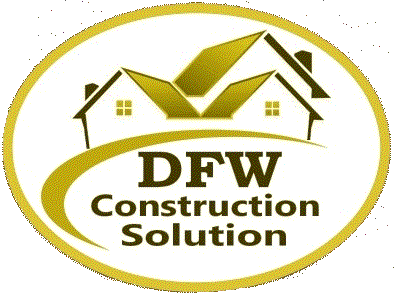Renovating or Remodeling certain areas of a single-family house is an excellent way for homeowners to add increased functionality, beauty and enjoyment to a property, and perhaps even at someone else’s expense (in whole or in part). By choosing the right project to enhance your living space, a significant portion of the expense can be passed on to future owners in the form of increased property values.
- Homeowners need to determine their primary goal for the remodeling or renovation: functionality, enjoyment and/or investment return.
- Remodeling can boost equity and monetary value in the form of a greater return on investment (ROI) of a house when sold.
- For cost recovery, remodeling projects generally must fix a design or structural flaw to earn back the cost of construction.
- The cost of renovating rental properties may be recouped during a sale, but also with increased rental rates commanded by updated homes.
- Home equity loans are one way to finance renovation projects, allowing for interest-only payments until the property is sold and the costs recouped.
- One of the biggest potential mistakes of renovating for homeowners seeking a higher return is improving a home well above the average for neighboring houses. That is, remodeling is great but can be overdone. Home prices tend to reflect local home buyer tastes and the amount they’re willing to pay.
What to Consider Before Renovating
If the primary goal of a renovation project is the personal improvement in the enjoyment, beauty or functionality of the home, then the hope for a return on the investment may be a lesser consideration, especially when maintaining ownership for a long period into the future. For example, a growing family may need more functional space and may find it cheaper to renovate than to sell and buy a bigger or more functional house.
The ROI of any given renovation project is a function of local market characteristics, the condition of the residential real estate market when the property is sold, and the quality of the work performed. Certain projects such as wood decks, window replacement, and kitchen and bathroom upgrades tend to generate the highest ROIs regardless of the property’s location or the state of the residential property market.
However, unless the remodeling project is designed to fix a structural issue or design flaw, it is unlikely that a homeowner will earn back more than the cost of construction. If cost recovery is as important a consideration as increased enjoyment from enhancing the property, then homeowners should consider the tastes of prospective purchasers when deciding which projects to pursue.
For investors remodeling rental property, the cost of enhancing it can be recovered not only at sale time, but also through the increased rental rates commanded by updated residences. Still, homeowners need to be careful of which projects they choose to complete, since the potential value gains can only be realized to the extent that there are buyers willing to pay for the renovations. And before the value of renovations can even be considered, investors must be certain that any new additions will fit into the existing space.
Consider Your Location
When considering any type of project, it is essential to ensure that the improvements made are appropriate for the particular type of dwelling and local property area. One mistake homeowners sometimes make is way overdoing it and improving their homes well above the average for neighboring houses. Buyers are attracted to particular neighborhoods because of the services located nearby, and because houses in that area are selling within that buyer’s price range. Although a house improved well above others nearby may still receive the same level of interest compared to others being marketed, it is unlikely that it will command a premium well above average simply because of the extra improvements.
Time will also have an impact on an improvement’s ability to increase property values. Making structural or design improvements, such as building additions or finishing raw space, will add value for a longer time frame than, say, updates to kitchens and bathrooms or technological improvements, such as new air conditioning systems, because the latter tend to become obsolete over time.
The Bottom Line
When contemplating any remodeling project, homeowners should first consider the “value” they expect to receive from the project. For some, the value can be the added enjoyment, functionality, and lasting beauty that the project provides which may be more important than any potential cost recovery from a future sale. However, when “investment-minded” homeowners are contemplating two equally useful changes, they should research local real estate guides to determine which projects are most likely to pay for themselves. Remember that, for project ROIs, bigger is not always better, and spending more does not always ensure a greater degree of value creation. Home prices will always reflect the tastes of local property buyers and the amounts those buyers are willing to pay in a particular neighborhood or subdivision.





